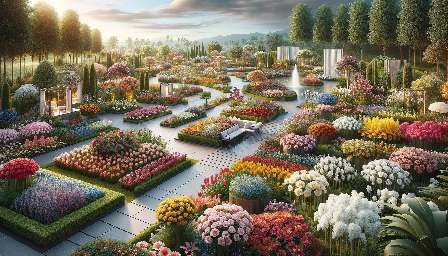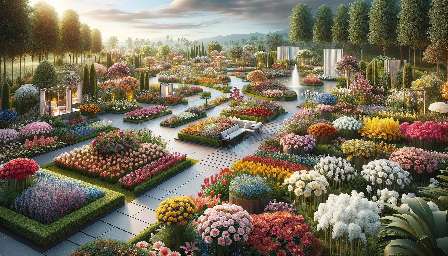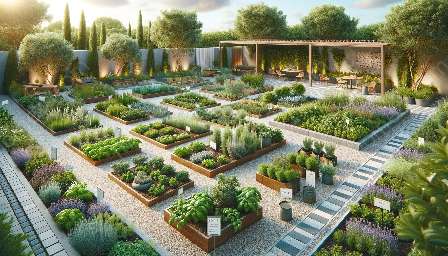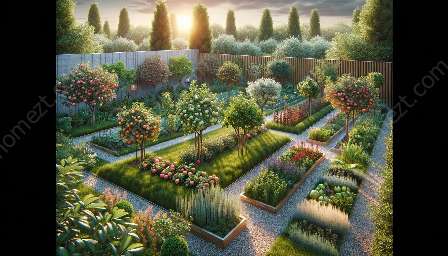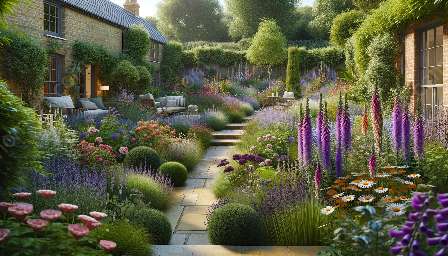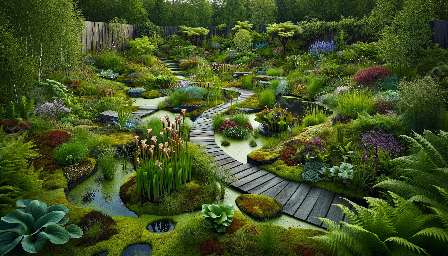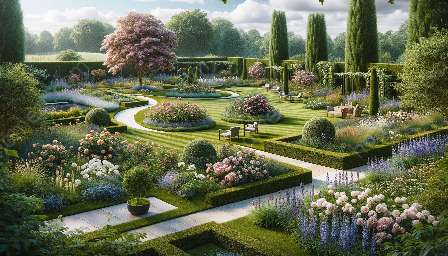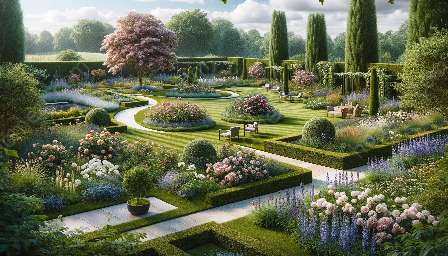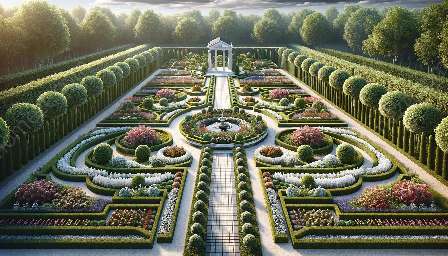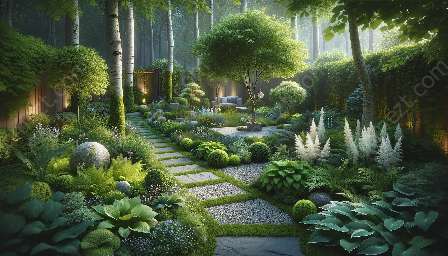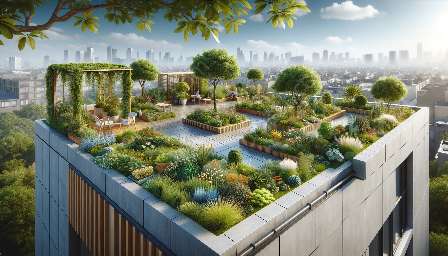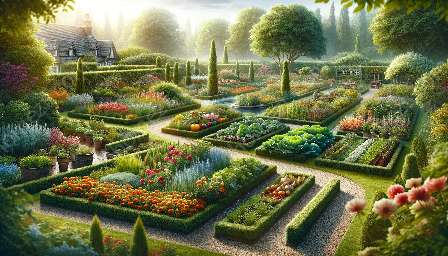When it comes to creating an exquisite outdoor space, different types of gardens offer unique characteristics and aesthetics. One such type is the formal garden, which exudes elegance, structure, and timeless beauty. In this article, we'll delve into the concept of formal gardens, highlighting their distinct features, historical significance, and how they differ from other types of gardens such as flower, vegetable, and herb gardens.
Understanding Formal Gardens
A formal garden is a carefully planned and structured outdoor space that adheres to specific design principles. Characterized by geometric shapes, symmetrical layouts, and meticulous attention to detail, formal gardens are often associated with grand estates, historical landmarks, and traditional landscapes. These gardens are meticulously maintained and often feature elements such as hedges, topiaries, parterres, and ornate pathways, creating a sense of harmony and sophistication.
Comparing Formal Gardens to Other Types
While formal gardens boast a sense of formality and order, they differ from other types of gardens in several ways. For example, flower gardens prioritize the cultivation of a diverse range of flowers, often focusing on color schemes, seasonal blooms, and fragrant varieties. Vegetable gardens, on the other hand, are dedicated to growing edible plants, herbs, and vegetables, with a focus on functionality and sustainability. Herb gardens emphasize the cultivation of aromatic and culinary herbs, offering a practical and sensory experience for gardeners and visitors alike.
Although these different types of gardens may vary in purpose and design, they all share a common goal: to create captivating outdoor spaces that nurture the senses and celebrate the beauty of nature.
Key Elements of Formal Gardens
Formal gardens are marked by distinct design elements that contribute to their aesthetic appeal and meticulous precision. Some key features include:
- Geometric Layout: Formal gardens often incorporate symmetrical patterns, precise lines, and carefully balanced proportions, creating a sense of order and elegance.
- Topiaries and Hedges: These trimmed and shaped plants add a sculptural quality to formal gardens, serving as focal points and enhancing the garden's sense of refinement.
- Parterres: These intricate patterns created with plants, flowers, or gravel showcase the artistry and craftsmanship of formal garden design, often taking inspiration from classical motifs and historical gardens.
- Architectural Elements: Formal gardens may include features such as ornate fountains, statues, and pergolas, adding a touch of grandeur and visual interest to the landscape.
Historical Significance
Formal gardens have a rich historical legacy, dating back to ancient civilizations such as the Egyptians, Greeks, and Romans, who valued order, symmetry, and beauty in their garden designs. During the Renaissance period, formal gardens experienced a revival, becoming emblematic of power, wealth, and artistic expression.
Notable examples of formal gardens can be found in renowned landmarks such as the Gardens of Versailles in France, the Italian Renaissance gardens, and the formal gardens of England's stately homes. These iconic landscapes continue to inspire garden enthusiasts and designers, serving as enduring testaments to the enduring allure of formal garden design.
In Conclusion
Formal gardens represent a harmonious blend of art, nature, and architectural finesse. By embracing structure, symmetry, and meticulous attention to detail, these gardens offer a timeless allure that continues to captivate admirers and visitors. Whether compared to flower, vegetable, or herb gardens, formal gardens stand out for their regal charm and enduring elegance, making them a captivating choice for those seeking to create a refined outdoor sanctuary.

